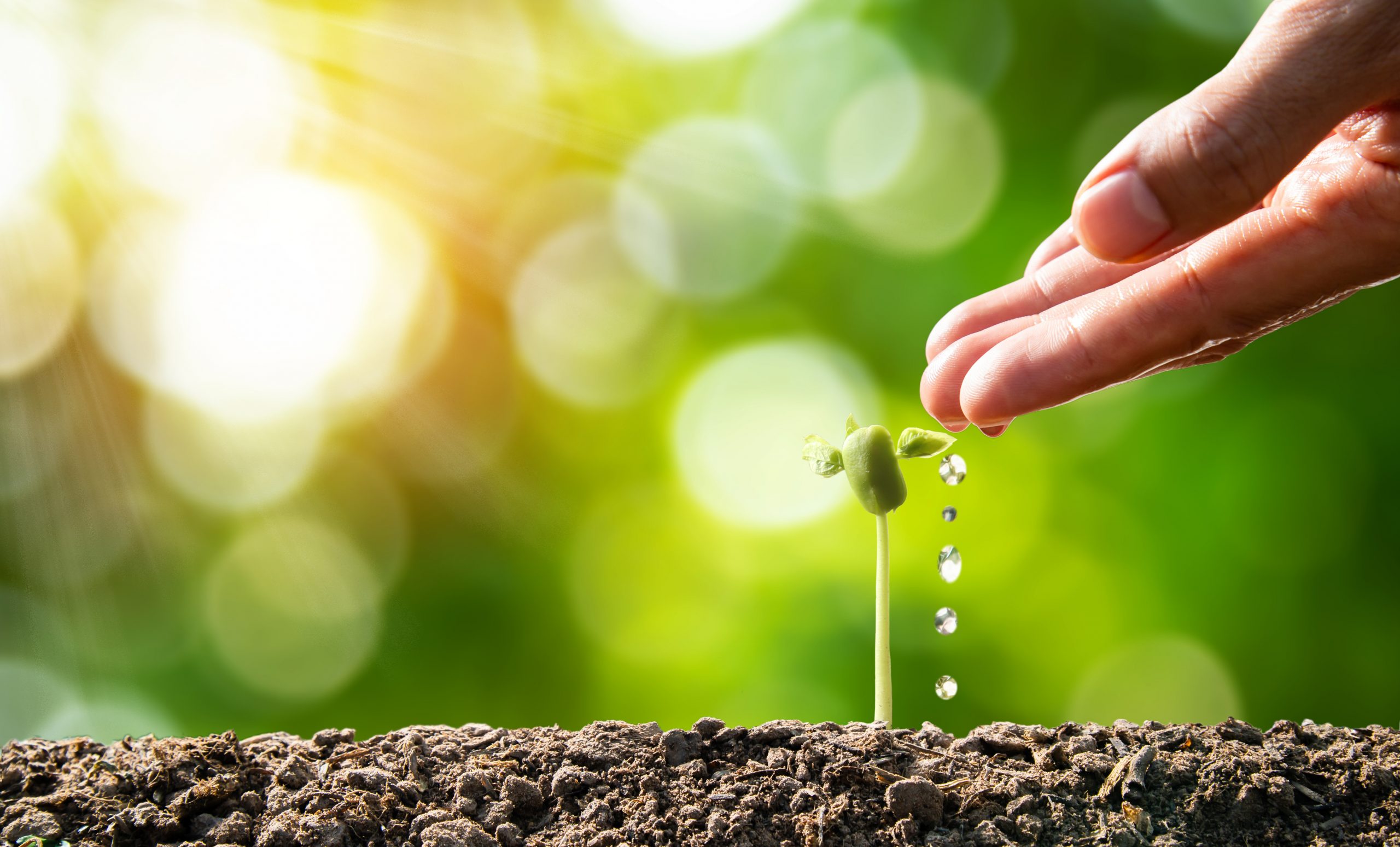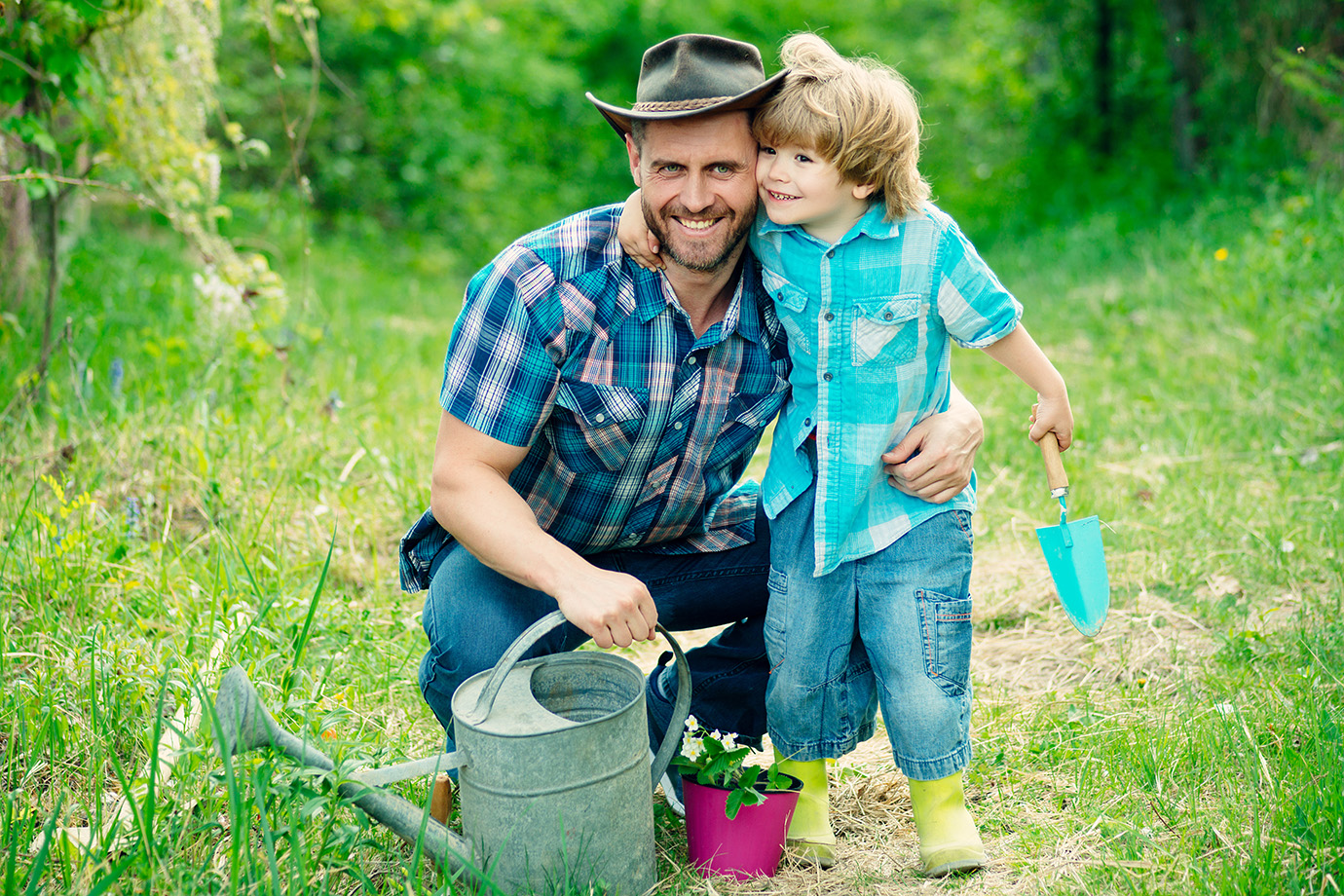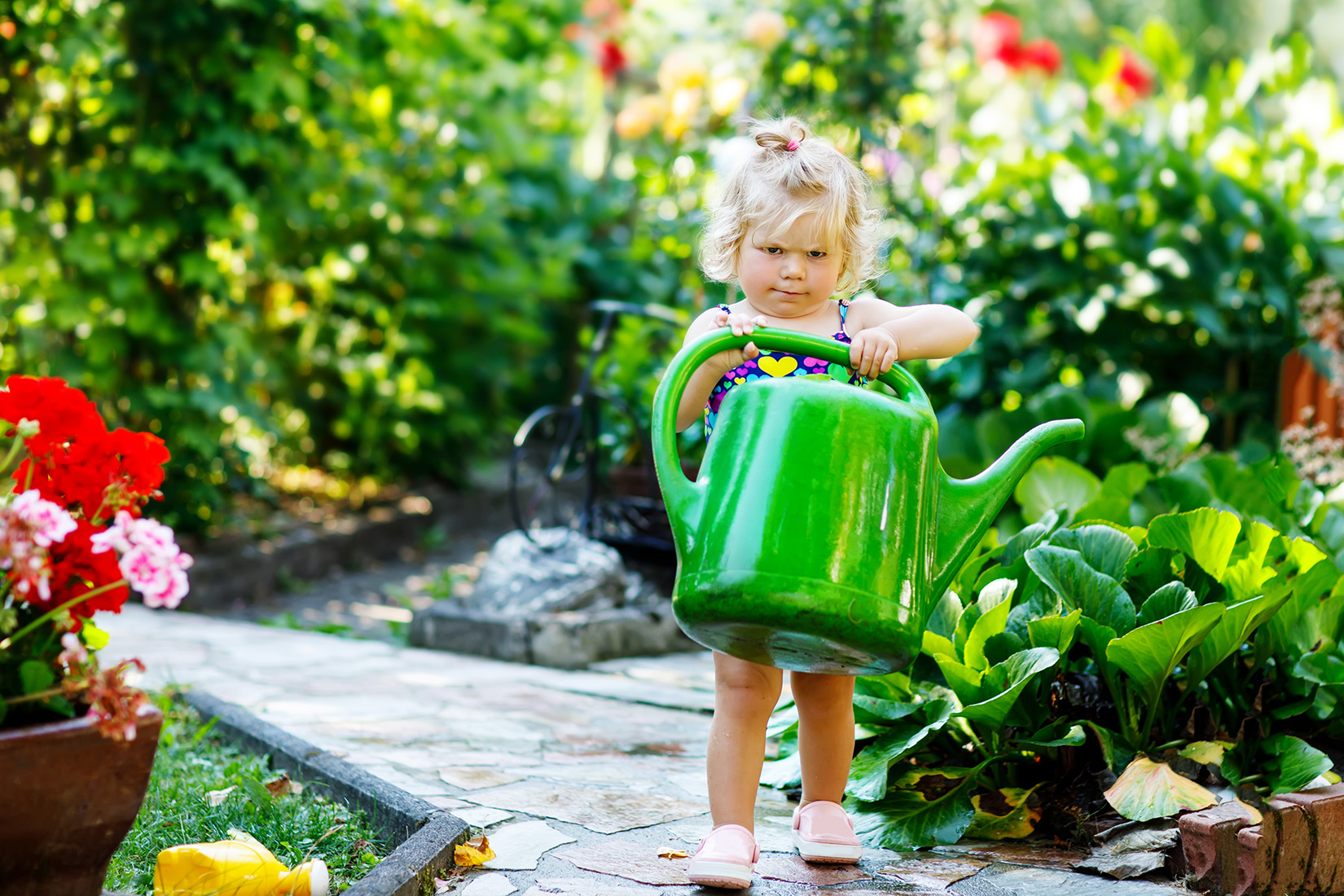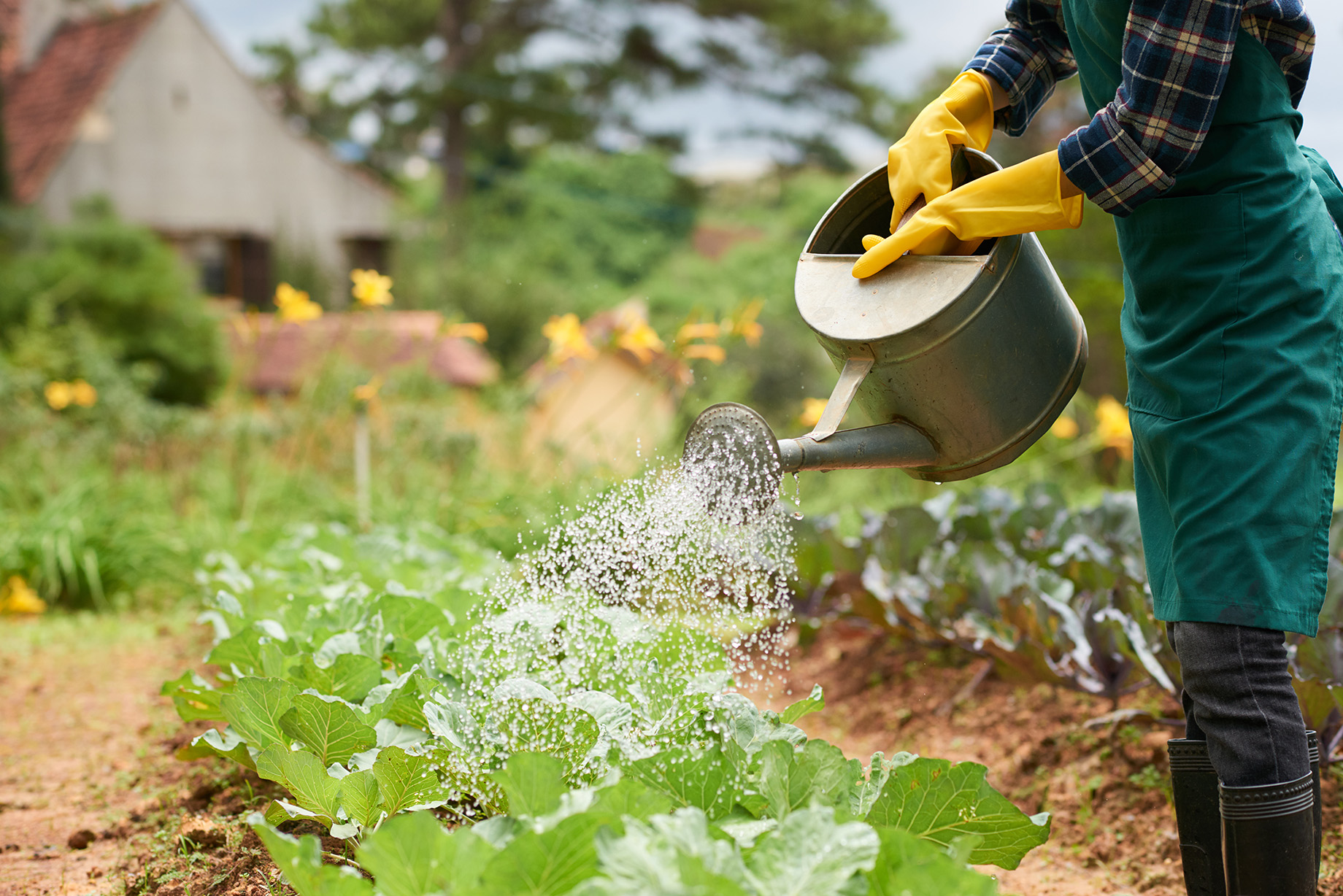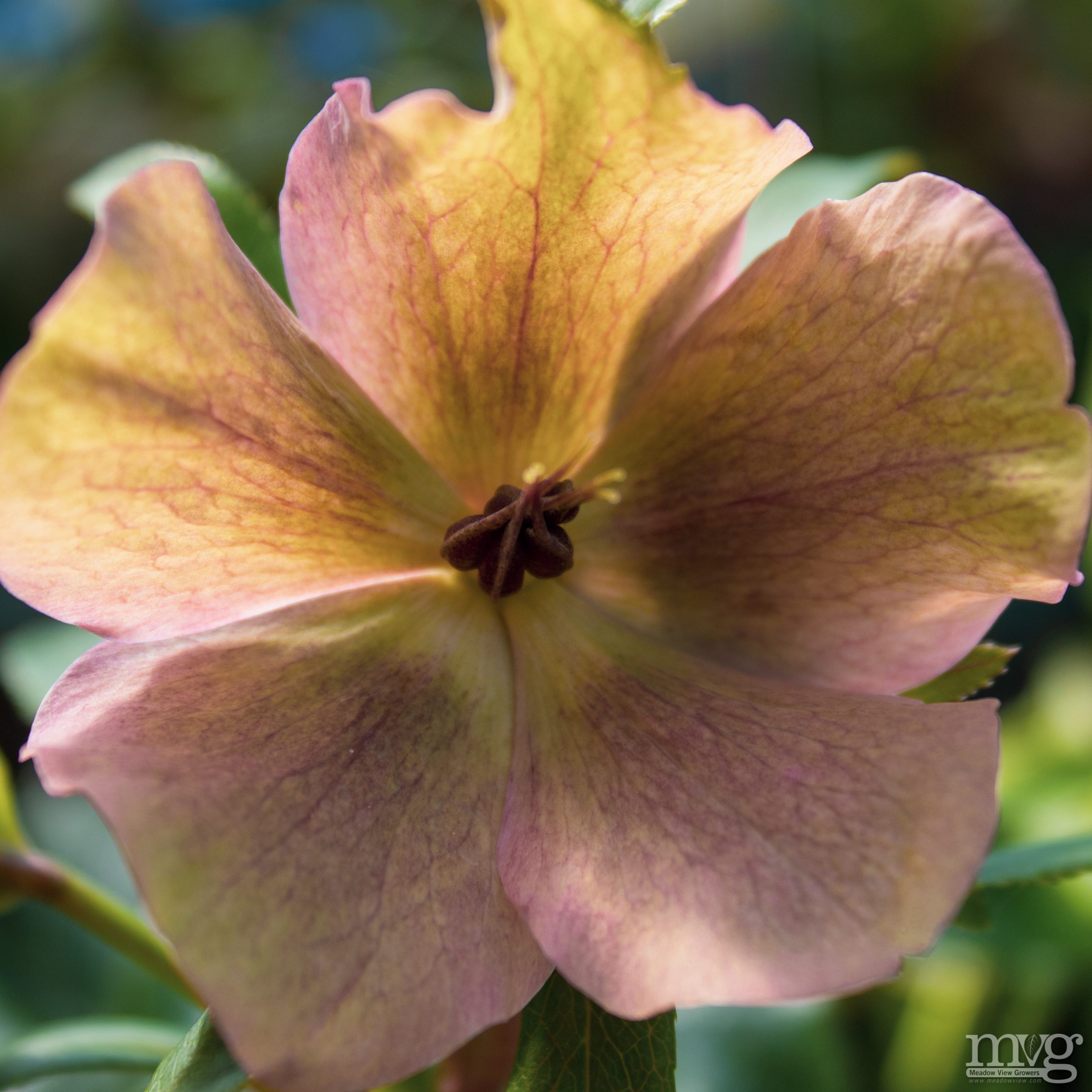The first step to correct the watering of vegetable gardens is understanding the importance of water to your plants. The average vegetable is made up of more than 80 percent water. Some varieties, such as broccoli, lettuce, and celery, exceed 90 percent in their water content. The obvious takeaway here is that a lack of water is the number one reason vegetable gardens fail to thrive.
When water is consistently delivered to the roots of your vegetable plants, the roots are encouraged to grow and spread. A deeper, vaster root system means a better conveyance of water to the uppermost parts of the vegetable. This delivery of water is what produces large, full vegetables.
You should strive for placing about an inch of water once each week on your vegetable garden. This has long been the rule of thumb, but you should adjust that based on the climate where you live. Hotter climates with less rainfall will require more watering.
The best practice for watering a vegetable garden is to go about the work early in the day. Watering in the early morning hours means you will lose less water as the air warms and evaporation occurs.
The correct way to water your veggie garden is by directing the stream at the base of each plant, rather than spraying it over the top of the leaves.
One of the best ways to make it simple to water vegetable plants properly is to weave soaker hoses through the beds. Then, when it’s time to water, simply plug in your hose, and turn it on low.
If you don’t like the look of soaker hoses, you can bury them under the mulch to hide them. That will have the added benefit of preventing evaporation during hot, dry weather.
Even though sprinklers shoot water over the top of your garden, which is not ideal for watering vegetables, they are better than nothing.
If you’re in a pinch or rushed for time, it’s ok to set up the sprinkler once and a while. I wouldn’t recommend doing this every time though.
